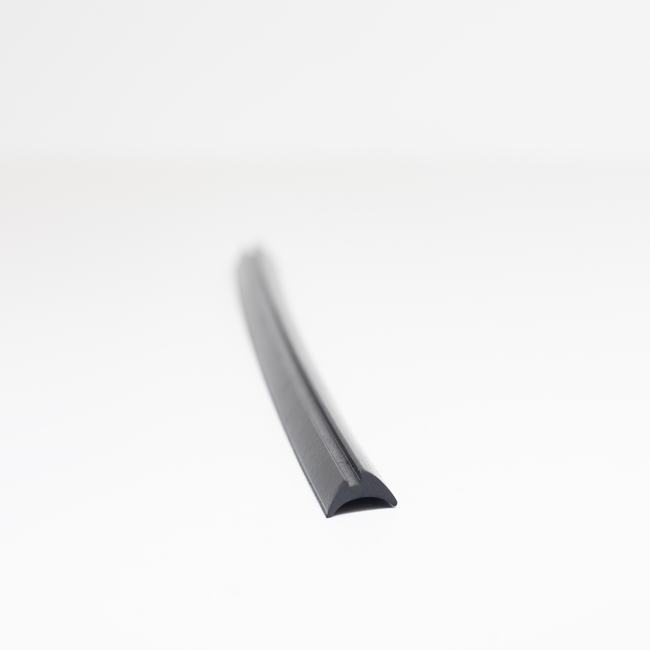EPDM (Ethylene Propylene Diene Monomer) rubber seals are widely used for their excellent sealing properties, flexibility, and resistance to environmental factors such as weather, UV radiation, and a range of chemicals. These seals are commonly employed in various industries and applications where effective sealing is crucial. Here’s more information about EPDM rubber seals:
- Material Characteristics:
- Weather Resistance: EPDM rubber seals are highly resistant to outdoor weather conditions, including sunlight (UV rays), rain, snow, and extreme temperatures. This makes them suitable for both indoor and outdoor applications.
- Chemical Resistance: EPDM rubber exhibits good resistance to many chemicals, acids, and bases, making it suitable for applications where exposure to chemicals is a concern.
- Temperature Range: EPDM rubber has a broad operating temperature range and can withstand high and low temperatures without losing its sealing properties.
- Flexibility: EPDM rubber is flexible and can conform to irregular shapes and surfaces, making it effective for creating a secure seal.
- Applications:
- Automotive: EPDM rubber seals are commonly used in the automotive industry for door and window seals, weatherstripping, engine gaskets, and more.
- Construction: In construction, EPDM rubber seals are used for sealing windows, doors, roofing, and HVAC systems.
- Electrical: EPDM seals are employed in electrical enclosures and cabinets to provide environmental seals and protect against moisture and dust.
- Industrial: EPDM seals are used in various industrial applications, including sealing flanges, pipes, tanks, and equipment.
- Marine: Due to their resistance to saltwater and UV radiation, EPDM rubber seals are used in marine applications for hatch seals, porthole gaskets, and more.
- Agriculture: EPDM seals are used in agricultural equipment and machinery for sealing purposes.
- Food and Beverage: In the food industry, EPDM seals are used in processing equipment and containers, where FDA-compliant materials are required.
- Types of EPDM Seals:
- O-Rings: EPDM O-rings are used for dynamic sealing applications where compression and deformation are necessary to create an effective seal.
- Flat Seals: Flat EPDM rubber seals are used in static sealing applications where two surfaces come together with little to no movement.
- Gasket Strips and Sheets: EPDM rubber is also available in sheet or strip form, which can be custom-cut to fit specific applications.
- Installation and Maintenance:
- Proper installation, including selecting the right seal type and ensuring a clean and dry sealing surface, is crucial for effective sealing with EPDM seals.
- Regular inspection and maintenance are necessary to monitor the condition of EPDM seals. Over time, exposure to UV radiation and environmental factors can cause wear and deterioration, necessitating replacement.
- Compliance and Standards:
- Depending on the application, EPDM rubber seals may need to meet specific industry or regulatory standards, such as ASTM or FDA (for food-grade applications).
EPDM rubber seals offer versatility and reliability in a wide range of sealing applications. Their ability to maintain sealing integrity in demanding environments and resistance to weathering makes them a popular choice for many industries. Proper selection, installation, and maintenance are essential for ensuring their long-term performance.










